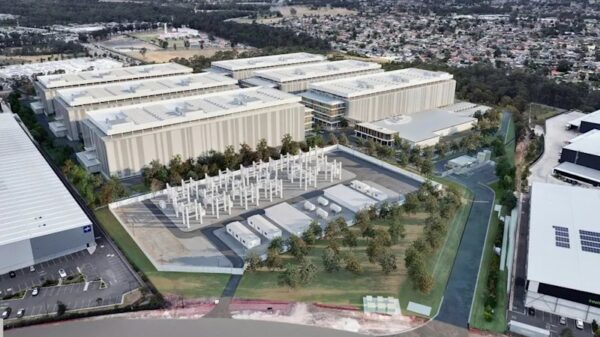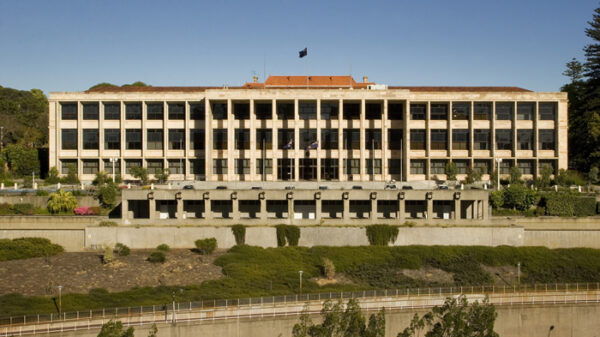The Governing Council of the European Central Bank (ECB) convened in Florence on October 29-30, 2025, to assess current economic conditions and monetary policies. During the meeting, officials reviewed notable developments in financial markets, economic resilience, and inflation outlooks, revealing a generally optimistic assessment of the euro area’s economic landscape.
Ms. Isabel Schnabel, an ECB executive board member, opened the discussion by highlighting the notable resilience of financial markets since the last monetary policy meeting on September 10-11, 2025. Investors displayed a robust risk appetite, nearing levels not seen since the onset of the global financial crisis. Market volatility remained low, reflecting confidence in both the euro area and the United States, where economies demonstrated surprising fortitude against ongoing trade disputes and geopolitical tensions.
Growth expectations for the euro area in 2025 have been revised upward, now projected significantly above levels prior to the announcement of higher U.S. tariffs. Market indicators suggest that medium-term inflation expectations hover close to the ECB’s target of 2%. Notably, the one-year inflation-linked swap rate two years ahead has remained around 1.85%, even amid declining crude oil prices.
Economic Insights and Future Projections
Mr. Philip Lane, another prominent member of the ECB, presented a detailed analysis of the economic and financial landscape. He noted that inflation in the euro area had increased to 2.2% in September, up from 2.0% in August, primarily attributed to a reduction in energy price deflation. Core inflation, which excludes energy and food prices, edged up to 2.4%, driven by a slight increase in services inflation.
The discussion also touched on the impact of external factors, particularly the euro’s exchange rate stability against the U.S. dollar. Recent data indicated that the euro remained stable, with nominal effective terms reflecting little change since the last meeting. Despite challenges in global trade, the euro area’s economic activity showed signs of resilience, particularly in services, which benefited from strong tourism and a growing demand for digital services.
Members of the Governing Council expressed cautious optimism about the euro area’s growth trajectory. The economy grew by 0.2% in the third quarter of 2025, with preliminary estimates from Eurostat validating this trend. However, concerns lingered regarding potential overvaluation in equity markets, especially in the United States, which could have implications for global financial stability.
Monetary Policy Decisions and Future Considerations
Amid these discussions, the Council members largely agreed on the need to maintain the current monetary policy stance. They proposed keeping the three key ECB interest rates unchanged, reflecting confidence in the existing data and projections. As Mr. Lane highlighted, the data flow since the September meeting supported the view that inflation remained broadly in line with earlier projections.
The Council noted that while some positive indicators emerged, including a stabilization in inflation expectations and improved economic sentiment, uncertainties remained. Many members highlighted the potential risks associated with geopolitical tensions and trade disputes, which could adversely affect economic growth.
Furthermore, as national budgetary plans for 2026 are under consideration, the ECB is expected to conduct a comprehensive assessment in December. This review will provide a clearer picture of the economic outlook and the implications for monetary policy moving forward. The interplay between fiscal policy, consumer spending, and investment trends will be crucial in determining the trajectory of the euro area’s economy in the coming years.
In conclusion, the ECB meeting underscored a cautiously optimistic outlook for the euro area, driven by resilient financial conditions and a gradual recovery in economic activity. As global uncertainties persist, the Governing Council remains vigilant, prepared to adjust its policies to support the economy’s stability and growth.































































